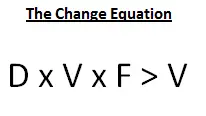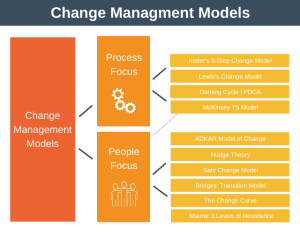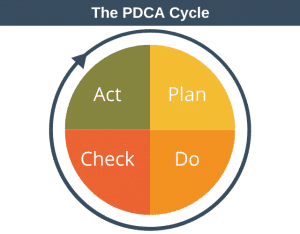Need a handy way to focus your team or an individual on what needs to be done to make change happen? They you might want to consider The Change Equation, a simple yet powerful mechanism for understanding the drivers of change, developed by Richard Beckhard and David Gleicher.
The model is shown below:
Four factors interplay to determine if change can take place, these are defined as:
- D = Dissatisfaction with the current situation.
- V = Vision of what a possible future looks like.
- F = Understanding of the First steps to take towards the vision.
- V = Value of leaving things as they are. Often this will be expressed as the resistance to change.
Obviously we want the three factors on the right-hand side of the equation to be strong to enable willful change, and allow us to overcome any resistance. Here are some aspects to think about for each factor:
1. Dissatisfaction
- Do you understand why things need to change?
- Are you suitably dissatisfied with the current situation?
- Can you provide different perspectives on why the change needs to happen? For example, the business needs to change to drive customer satisfaction, thus our organization needs to change, thus you need to learn a new skill.
2. Vision
- What will the future look like? Consider this both from the perspective of the individual and the organisation.
- What will the future look like if we don’t make the change?
3. First Steps
- What are the first steps that need to be taken to make the change? This will help focus the team when the vision seems very far away.
- Is there anything we can do now? This is a call to action.
Summary
Whether you are a leader trying to convince an entire organization to change, or a manager trying to encourage an individual to change, the change equation will help you articulate the drivers of change to the best of your ability.
With this equation you can see that in order to want to change you must be suitably unhappy with the current situation, but just being unhappy with the status quo isn’t enough. You must also see a better future for yourself after the change has been made. If you are both unhappy with the current situation and can see a better future for yourself, you still need to understand what action needs to be taken now to move towards this better future.
In addition to being useful, one of the real advantages of this model is that it is so simple to understand and reasonably easy to remember.











